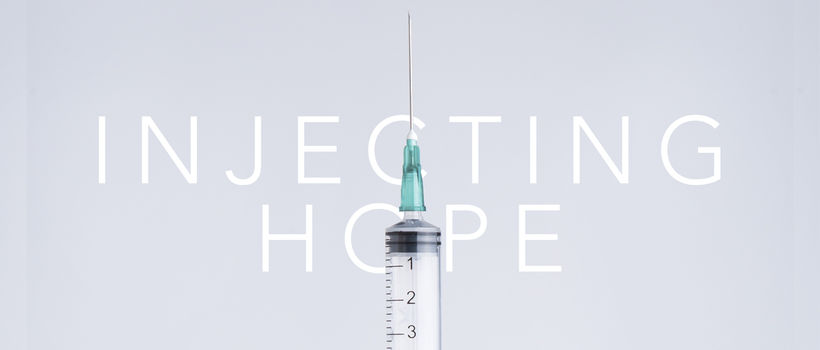
- Share
- Facebook 122
- Twitter 0
In a given year, more than 1.5 million children die from diseases. Another 19.3 million children around the world face infection.
That only accounts for children.
Malaria still kills more than 450,000 people annually. There are 2.7 million HIV cases each year and 13.7 million active tuberculosis cases to date.
Diseases actually kill three million people a year in total—not just any diseases, though. These all have something in common: They’re preventable.
The jaw-dropping reality: All of this death and sickness doesn’t have to happen.
A Global Problem
“Infectious disease is neither a community nor national challenge—it is a global challenge,” says Dan Irvine, the Global Health and Nutrition Director at World Vision. “Infectious disease knows no borders. An outbreak or epidemic in one country has a high probability of affecting neighboring countries. Infectious disease is a challenge for the global community.”
Disease is a common thread throughout history that humans have battled for centuries. Despite rampant disease outbreaks in the developing world and epidemics in many developed countries (notably colonial America), it wasn’t until 1967 that the World Health Organization (WHO) started its own “eradication efforts.”
The cure, Irvine says, is to work toward an improved society for all, not just treatment for the disease.
“Infectious disease disproportionately affects the poorest and most vulnerable populations,” he says. “The complex deprivations of general poverty increase vulnerability to disease. Lack of basic water and sanitation facilities, malnutrition, pollution, poor shelter, lack of access to education and health services all contribute to disease prevalence.
“Further, co-infection of diseases like HIV and tuberculosis, or the intersection of disease with malnutrition, increases mortality. Vertical disease control is not sufficient for prevention. We must improve the general environmental condition for the most vulnerable.”
Irvine thinks disease control and cure is a global issue, one that all of humanity is both responsible for and accountable to aid in whatever ways possible.
Defeating Disease
From the beginning, fighting disease primarily meant treating the infected, but now, using science, experts are flipping the model: They’re now focused on preventing infection rather than treating it. And it’s working.
A game changer in the fight against disease occurred when WHO started working with the Bill and Melinda Gates Foundation.
The Gates Foundation initiated what they call the “Global Vaccine Action Plan” (GVAP). The plan outlines a strategy to provide access to vaccines to the whole world—yes, the world—by 2020. They think they can save more than 20 million lives.
So far, some 200 countries have gotten on board with the plan—known as the “Decade of Vaccines.”
The foundation partners with other organizations with the focus to protect children in the world’s poorest countries from preventable disease. They are working to implement vaccination strategies and educate people around the world about their importance.
Another aspect of their work is improving already existing vaccines—reducing the necessary doses required and introducing needle-free vaccines which do not require refrigeration.
A Hopeful Future
Already, this plan has led to the eradication of Smallpox, a 74 percent reduction in childhood deaths from measles over the past decade and the near eradication of polio, according to the Gates Foundation.
Immunization coverage is at an all-time high. More than 100 million children are now immunized each year against diseases such as tuberculosis, measles, diphtheria, tetanus, hepatitis B and more. These vaccines save an estimated 2.5 million lives each year.
Recent years have shown signs of a bright future. In a world rife with bad news, the steady prevention of infectious disease offers hope.
But with 19.4 million people still unvaccinated, there’s plenty of work to do.
Get Involved
YOUR TIME
Volunteer: Use your skills to serve with an organization like the One Campaign, which even provides an opportunity matching system.
YOUR VOICE
Advocate: Tons of nonprofits and relief organizations need people to help push initiatives through Congress. You can also contact your representative directly.
YOUR RESOURCES
Donate: Organizations like One Campaign and WHO do great work. Immunize.org has a comprehensive list of similar orgs.






















